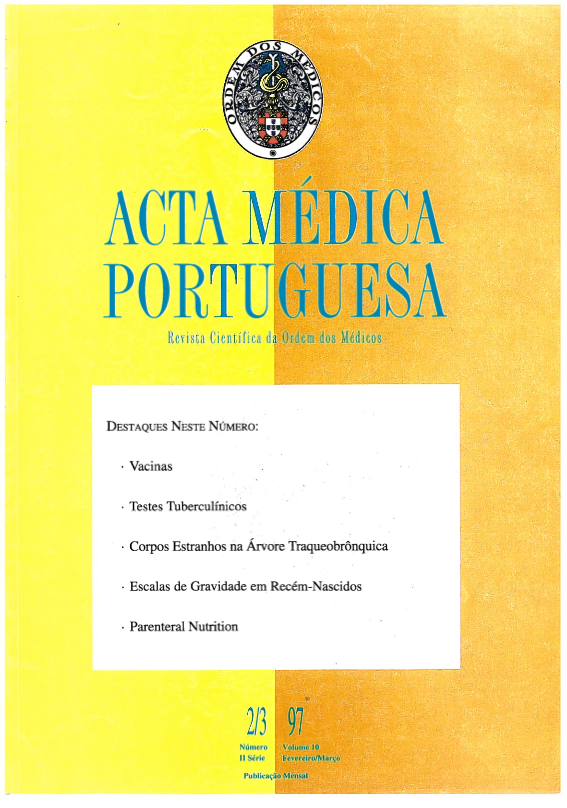Ethical decision-making in newborn infants.
DOI:
https://doi.org/10.20344/amp.2405Abstract
One ethical dilemma which neonatologists are faced with on a regular basis is selective non-treatment, that is, clinical decisions made after the birth of a liveborn infant to withhold or to withdraw treatment in certain circumstances. Although the outcome of extremely preterm of critically ill infants has significantly improved over the last decade, many are often left to die at birth by withholding resuscitation or neonatal intensive care. Criteria for initiating life-sustaining treatment must be developed with proper ethical considerations. There are other infants whose clinical course after initiation of intensive care will suggest that further curative efforts are futile or lack compensating benefit. Criteria for withdrawing life-sustaining treatment must also be developed, and palliative care measures defined. Clinical situations in which selective non-treatment is taking place in neonatal medicine are: (1) when death is considered to be inevitable whatever treatment is provided, (2) even when death is not inevitable, there is a significantly high risk of severe physical and mental disability should the infant survive, and (3) when survival with moderate disability is possible, but the infant is likely to experience ongoing pain and suffering, repeated hospitalisation and invasive treatment, and early death in childhood. The decision-making process of selective non-treatment should involve less medical paternalism and more informed parental involvement. The process is built on trust between the neonatal staff and parents, and requires time, information, honesty and empathy. Ethical issues must be approached with extreme responsibility, extraordinary sensitivity and heroic compassion.Downloads
Downloads
How to Cite
Issue
Section
License
All the articles published in the AMP are open access and comply with the requirements of funding agencies or academic institutions. The AMP is governed by the terms of the Creative Commons ‘Attribution – Non-Commercial Use - (CC-BY-NC)’ license, regarding the use by third parties.
It is the author’s responsibility to obtain approval for the reproduction of figures, tables, etc. from other publications.
Upon acceptance of an article for publication, the authors will be asked to complete the ICMJE “Copyright Liability and Copyright Sharing Statement “(http://www.actamedicaportuguesa.com/info/AMP-NormasPublicacao.pdf) and the “Declaration of Potential Conflicts of Interest” (http:// www.icmje.org/conflicts-of-interest). An e-mail will be sent to the corresponding author to acknowledge receipt of the manuscript.
After publication, the authors are authorised to make their articles available in repositories of their institutions of origin, as long as they always mention where they were published and according to the Creative Commons license.









